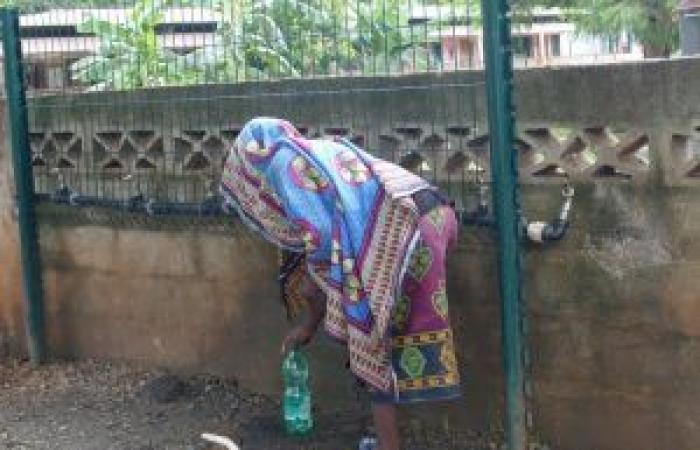On Wednesday, 19 patients positive for cholera were admitted to the cholera unit of the Mayotte Hospital Center. Although the health authorities have given very few details about this influx, since the start of the circulation of cholera in the territory, it would be a “record number of cases”.
The director of the ARS, Olivier Brahic, declared that “the subject concerns Tsoundzou and Doujani”. Despite our attempts, we were unable to contact the ARS teams mobilized for these actions. According to the information provided by the CHM management, this could be a cluster of intra-family cases.
Can we talk about an epidemic?
At the end of April 2024, the director of the ARS affirmed that the health situation did not correspond to an epidemic stage. On May 10, the Minister Delegate in charge of Health and Prevention, Frédéric Velletoux, affirmed that the circulation of cholera in Mayotte was “contained” and “under control”. However, since March 18, cases of cholera have increased every week in Mayotte and two people have died. For the epidemiologist, Antoine Flahault, who spoke to our colleagues at L’Express under the title “The cholera epidemic in Mayotte would already be contained if the government wanted it”, we could speak of an epidemic “under control”. » if the number of new cases of cholera were to drop significantly and sustainably. However, this is not the case with the 101st French department.
Negligence in the management of cholera?
Failure of sanitation systems, absence of toilets, stagnant water, or even flooding, are all factors that favor the development and circulation of cholera in an area. In fact, the vibrio cholerae bacteria only circulates in countries or territories where residents do not have drinking water.
In Mayotte, Public Health France confirmed that the vast majority of cases of cholera recorded in the territory concerned people who did not have access to drinking water, to drink, wash or relieve themselves. Indeed, field surveys revealed that people affected by the bacteria used river water to satisfy their primary needs. While cases are increasing without weakening, could political negligence be involved in the health management of a disease that was thought to be over on French territory?
Defeat cholera in a context of water cuts and bottled water with suspicious odors?
On January 30, water stakeholders, gathered at a press conference chaired by the former Prefect of the department, Thierry Suquet, declared that the water cuts could end in March 2024. Nearly four months later , water cuts continue. The inhabitants of Mayotte connected to the drinking water network only have access to water two days out of three, and some inhabitants regularly complain of cuts outside the schedule of these “water towers” transmitted by the Mayotte company. in charge of water distribution in the territory, the SMAE.

Furthermore, for several weeks, after numerous reports, the ARS Mayotte has transmitted several alerts on batches of defective Cristaline water bottles. Several “Elena” bottles leaving the Cristaline factory, distributed in supermarkets or sold to restaurateurs, contained a strong smell of hydrocarbon. Other residents brought back “dust” smells to us from other lots in the group. Although the occurrences are numerous, these incidents do not always result in reports. With each alert, while the health authority asks the population not to consume bottles belonging to the incriminated batch, the prefecture has not commented on the subject. According to our sources, the first analyzes carried out on this bottled water proved negative for the presence of hydrocarbon and the Alma sources group declared that the quality of the water leaving the factory was guaranteed: “No anomaly was detected on other Cristaline waters now distributed or sold in Mayotte” and “all the controls carried out on the bottles produced at the Elena source comply with the regulations in force”.
However, when they arrive in Mayotte, these bottles have unpleasant odors and tastes. What happens between leaving the factory and the delivery of these bottles? In the storage containers at Longoni, would these bottles be in contact with gasoline cans? If the subject has caused very little ink to be spilled, investigations into the origin of these batches should be required, taking into account the seriousness of the subject. How could the State be credible in its management of water and the cholera epidemic in Mayotte, if access to water would continue to not be guaranteed in the territory and bottled water with odors of hydrocarbons were distributed in abysmal silence?
Mathilde Hangard






